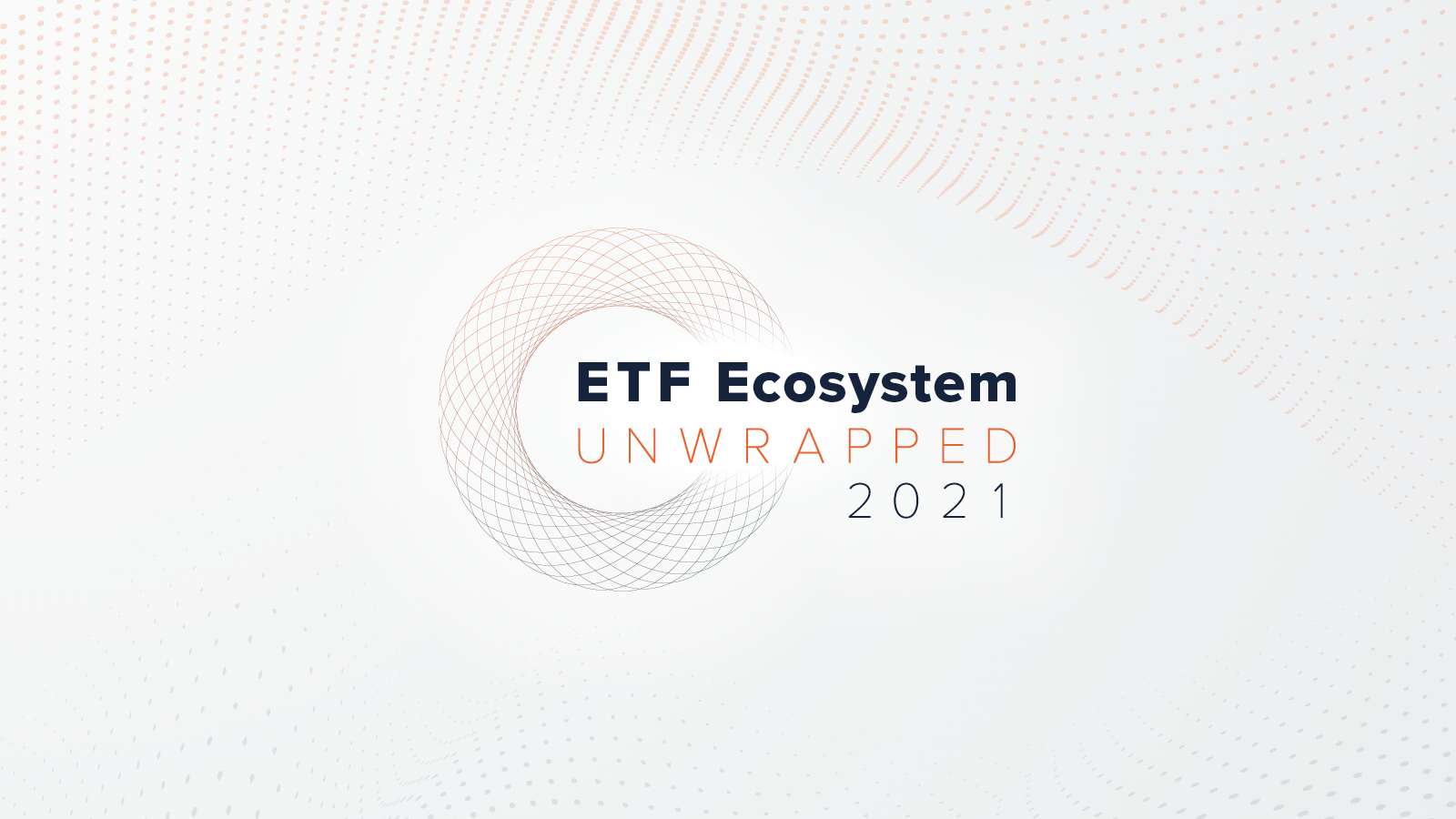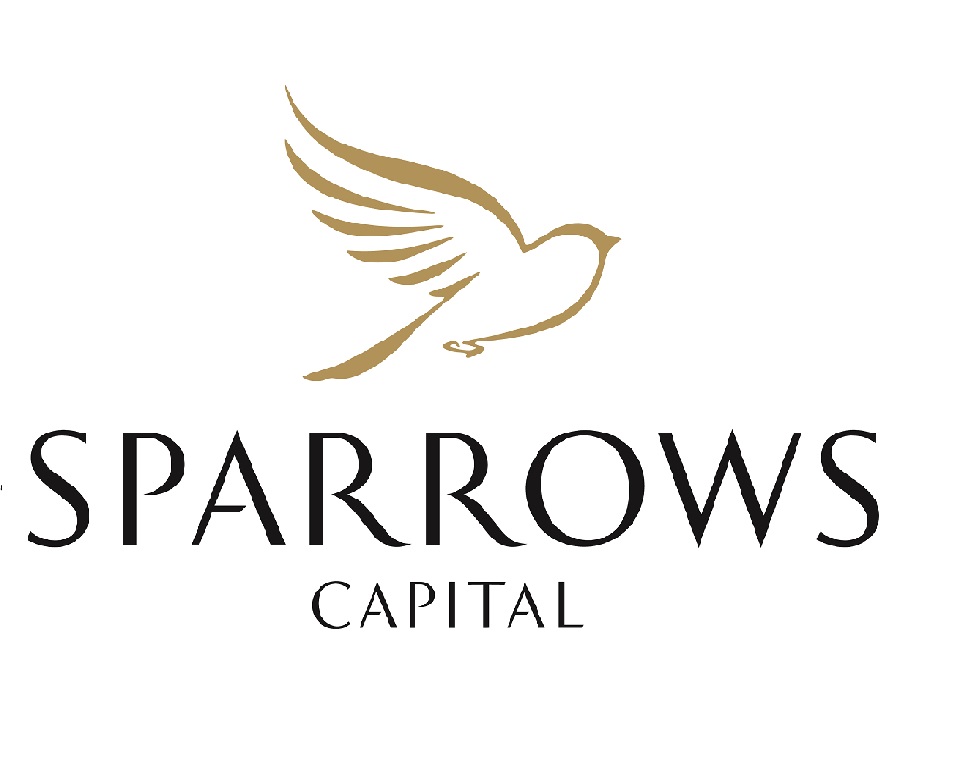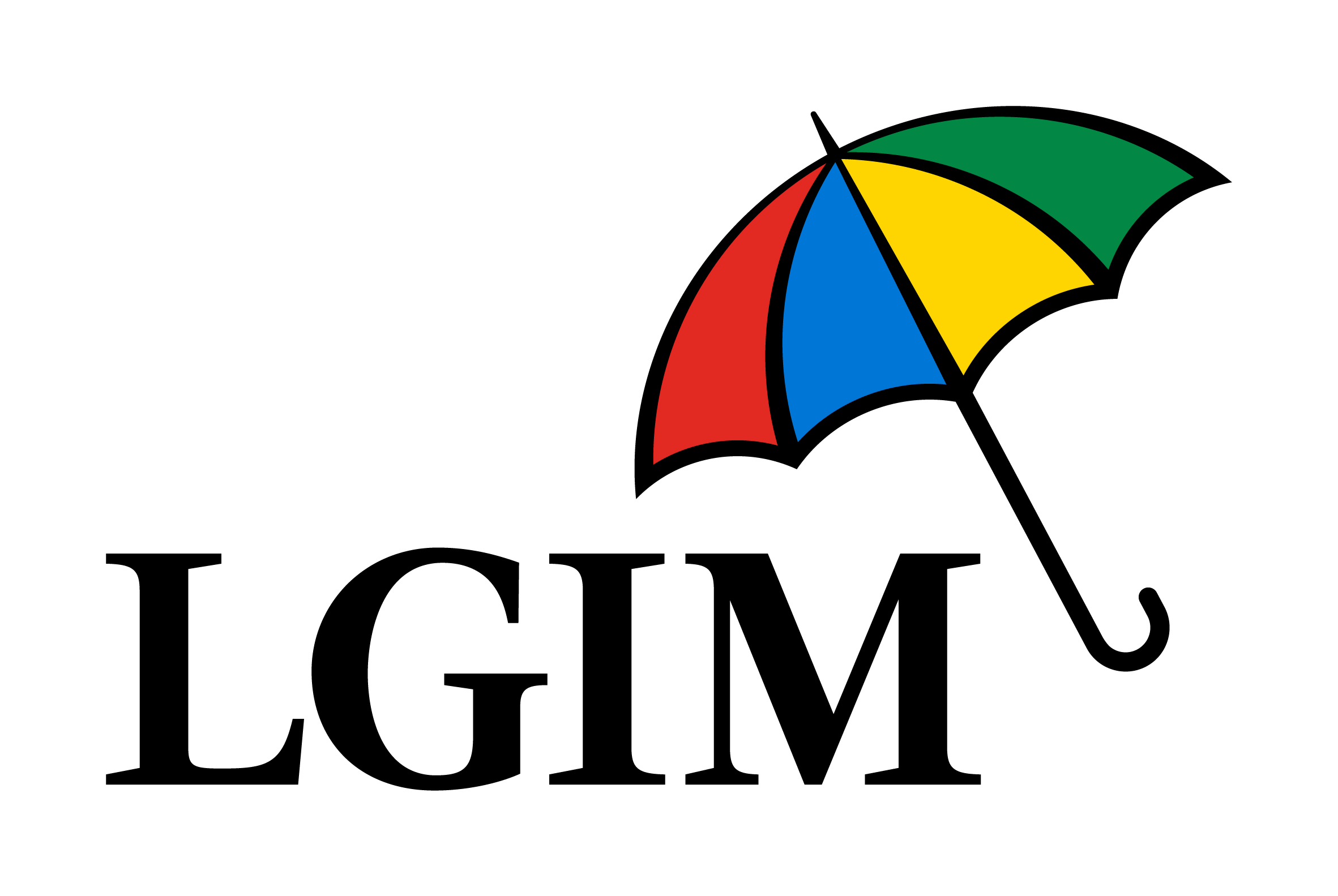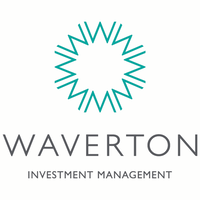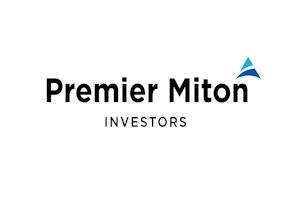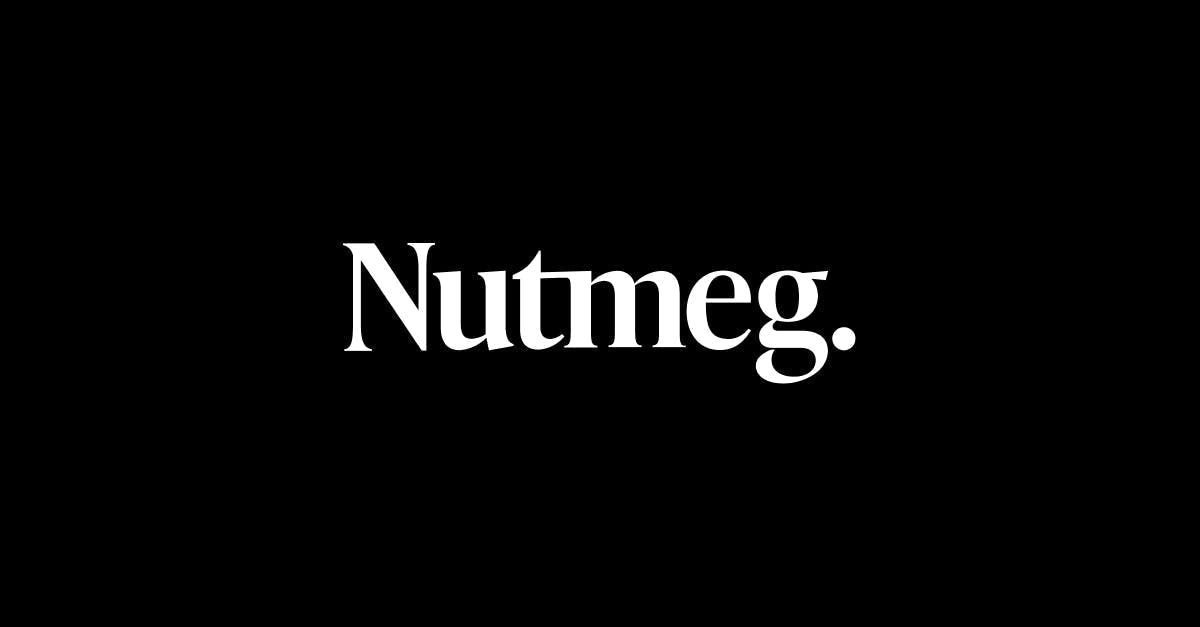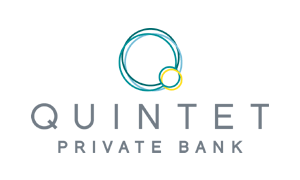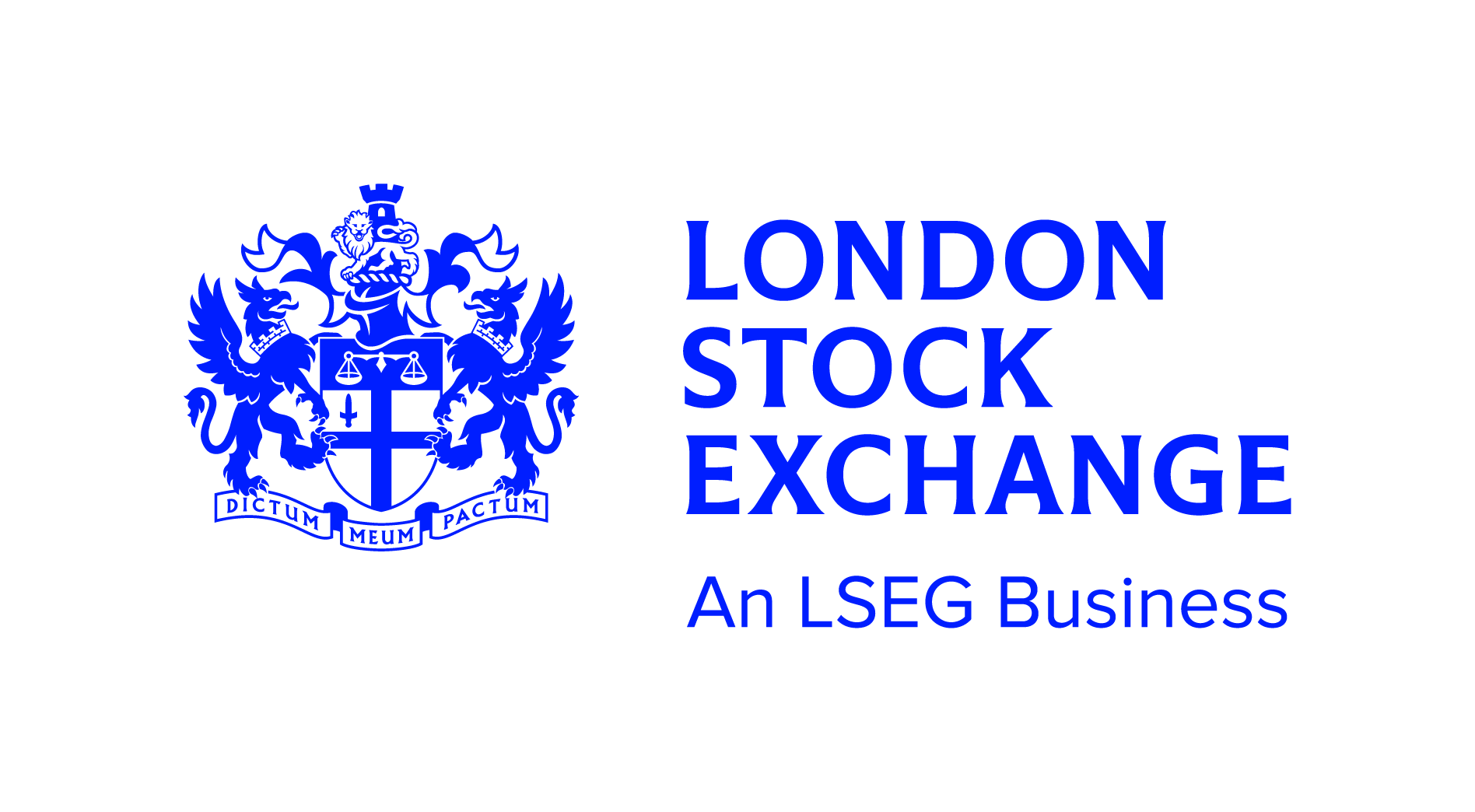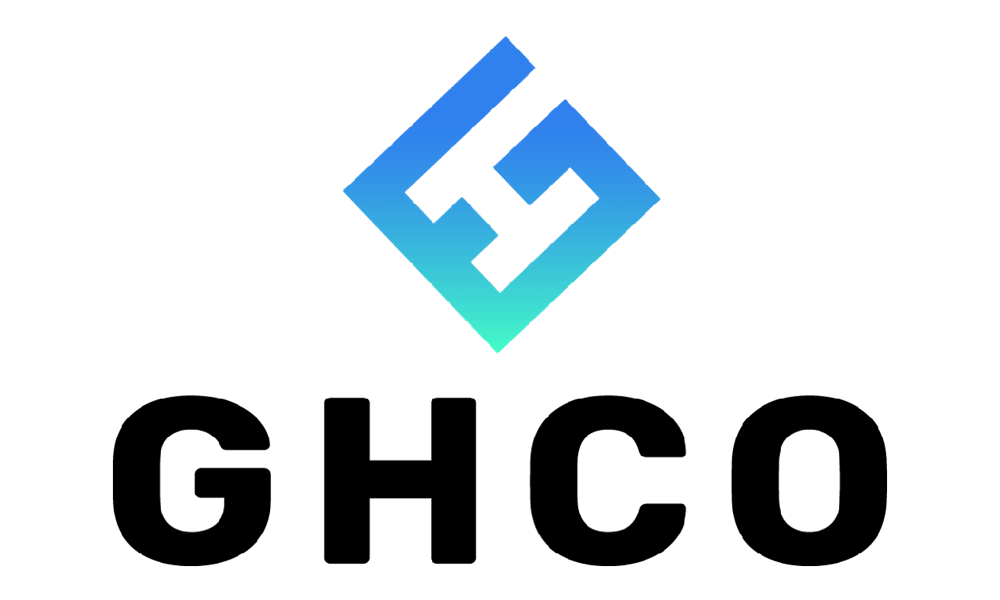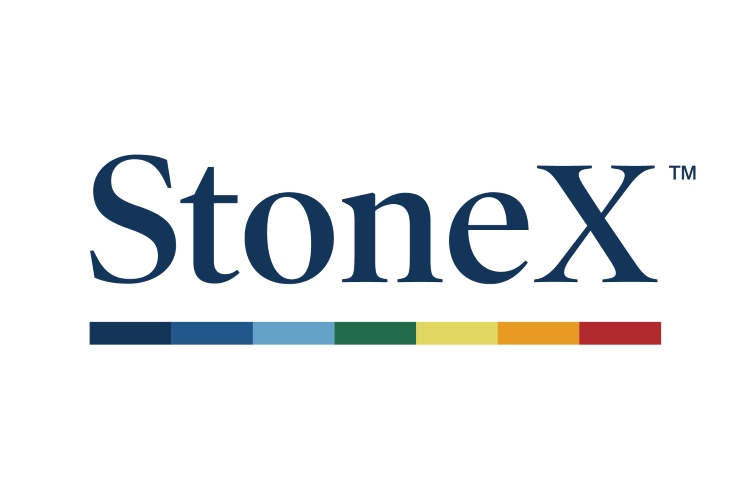ETF Stream’s inaugural ETF Ecosystem Unwrapped event saw 40 industry participants speak on portfolio construction, ETF allocation, regulation, ESG, fixed income and what we can expect the future to hold for European ETFs.
At the start of Day One, Athanasios Psarofagis, ETF analyst at Bloomberg Intelligence, gave a run through of some key changes within the industry in recent times.
Psarofagis said €75bn in new assets have poured into European ETFs so far this year, putting the industry on track to record its strongest year on record.
The key point, Psarofagis noted, is that while large chunks of assets have been allocated to ESG core equity exposures, the uptake of ETFs in 2021 has been broad-ranging with fixed income, crypto and thematics all enjoying investor favour while factor ETFs have staged a comeback.
Another notable point is European ETFs becoming more affordable, with 165 fee cuts in 2020. However, the ecosystem has a way to go to catch up with the US – such as getting rid of the retrocession fee model and the introduction of a consolidated tape – Tom Eckett, editor at ETF Stream, said.
Portfolio construction
Kicking off the first session, Vincent Deluard, director of global macro strategy at StoneX Group, had some words of caution for prospective ESG investors, and warned them the 500 ETFs following ESG principles are highly correlated, tracking the same large tech companies which themselves are not entirely morally virtuous.
Following this, speakers discussed what makes a good ETF, with Brendan Ashe, head of ETFs at HSBC, stating one of the most important considerations is how closely the underlying index is exposed to the market an ETF is trying to target. Once this is achieved, finding the lowest-cost product in terms of fees and trading is the next move.
Echoing his thoughts, Martijn Rozemuller, head of Europe at VanEck, said: “The most important aspects are cost, liquidity and, with more thematic ETFs, it's important to look at the exposure you offer and if it does what it is supposed to do.”
Ashe, Rozemuller and Ana Qunitinal, investment manager at ETFMatic, then voiced their preference for the physical replication methodology because of its simplicity and the costs associated with swap fees on synthetic replication.
Closing out the first session, Detlef Glow, head of Lipper EMEA research at Refinitiv, commented on ETF closures, stating the costs of closures are normally passed onto the investor and a worst-case scenario is when a niche product shutters with no equivalent ready to step in and offer the same exposure.
Glow added the upcoming Amundi-Lyxor merger would also likely lead to product closures, with questions being raised about possible fee cuts and DWS’s ability to retaliate.
Asset allocation
Discussing the current backdrop where inflation remains in focus, Norman Villamin, CIO wealth management at Union Bancaire Privee, said the Federal Reserve has a tough time balancing its monetary policy – which involves choosing between hiking rates and tapering its asset purchases, and letting the economic recovery run further.
Francis Chua, fund manager at Legal & General Investment Management was undecided on whether current volatility would be transitory or whether inflationary concerns would take a while to shift.
Meanwhile, Evangelos Assimakos, investment director at Rathbones, said value is likely to continue outperforming but warned of the risks of relying on a bubble based on low-cost money.
“If you keep borrowing from the future and bringing growth forward, you might find there is not much growth left in the future," Assimakos cautioned.
Also discussed was the role of China in ETF portfolios and the country’s economic prospects.
On this, George Magnus, research associate of the China Centre at Oxford University, said the economy’s makeup leaves a lot to be desired – only 30% of the workforce graduated highschool, there is a lack of transparency, state oversight, an ageing population and tensions over Taiwan.
ESG and fixed income ETFs
Touching on two fast-growing segments within European ETFs, Mathieu Guignard, global head of capital markets and product development, ETF, indexing and smart beta at Amundi, said client demand for ESG fixed income has picked up since the introduction of Sustainable Finance Disclosure Regulation (SFDR).
However, he noted integrating developed market sovereign debt and ESG remains a challenge, partly because exclusions would greatly change the risk profile of the small investment universe and partly because most issuers are complicit in similar activities which are not in keeping with ESG principles, such as fossil fuel extraction.
“For developed market government bonds, we reweight the portfolio by overweighting or underweighting each country according to ESG criteria,” Guignard continued. “But this is a fairly light approach compared to what we do in equity and corporate bond portfolios, where you can exclude up to 75 or 80% of the original universe.”
In the following panel, all three speakers offered some consolation, stating the exclusion approach is not the be-all and end-all. Rather, all three advocated for an approach based on not excluding or divesting but instead engaging with problematic companies.
In the final panel, Irene Bauer, CIO at Twenty 20 Investments and Raymond Backreedy, CIO at Sparrows Capital, both agreed reconciling ESG and sovereign debt is challenging, especially in regard to measuring ‘S’ and ‘G’ elements.
All agreed fixed income ETFs showed resilience last year and uptake will continue in future, though Wayne Nutland, head of managed index solutions at Premier Miton Investors, said returns will likely be lower for some time.
ETF innovation
Concluding Day One, Gregg Guerin, senior product specialist at First Trust, noted the importance of a rules-based approach as a means of maintaining discipline during periods of volatility.
“Rules enable action in the face of fear and uncertainty and exuberance,” Guerin said. “These emotions correlate with all the movements we've seen in the market around the pandemic, the US election, the vaccine.”
Looking ahead, Henry Cobbe, head of research at Elston Consulting expects further expansion of ESG, going as far as to say we will be looking at all ETFs through an ESG lens in a few years.
Francois Millet, head of strategy, ESG and innovation at Lyxor continued in a similar tone, anticipating further regulation of greenwashing of ESG ETFs and greater standardisation of rules and definitions.
Concluding, Pacome Breton, director of investment risk at Nutmeg said he expects separation in future product development between the ‘E’, ‘S' and 'G’ elements and added fixed income innovation has a long way yet to run.
Leaders
Commencing Day Two was a discussion with some of the busienss leaders in European ETFs on the progress being made by the ecosystem.
"Last year ETFs were tested but they not only passed, they passed with an A+,” Matteo Andreetto, head of SPDR ETFs EMEA at State Street Global Advisors, said.
Derek Fulton, CEO of First Trust, added ETFs are now being seen as more than just a passive wrapper but the fragmentation of the European ecosystem needs to be overcome if the continent hopes to catch up to the US market.
"The growth trajectory we are on looks like it will be the same as in the US, albeit with a five or six-year lag. The opportunity is definitely there,” Fulton said.
One area where Europe has been able to catch up is on retail investor involvement. While some way behind the US’s almost 50/50 retail-professional split, the pandemic helped close the gap, Brieuc Louchard, head of ETFs at Euronext, said.
“If you look at retail investor participation between 2015 and 2019 was around 6% but in 2020 and so far this year, it is now at 15% so more than double,” Louchard noted. “This is a very positive evolution."
Closing the first session of Day Two, Frank Mohr, managing director, global head ETF sales trading at Société Générale, and Véronique Dang Vu, product engineer at SocGen Securities Services, both called for an evolution in ETF trading in Europe.
"We have 30 exchanges in Europe, and it will take a long time before we get to a singular market,” Mohr said.
“Europe is not only fragmented but also the majority of trading is over-the-counter (OTC),” Dang Vu added. “New regulations should hopefully help by bringing better transparency."
Regulation
On the rules shaping the European ETF ecosystem, Ciaran Fitzpatrick, managing director and head of ETF servicing, Europe at State Street, discussed the Central Securities Depository Regulation (CSDR).
"CSDR is a wide-reaching regulation. It was a slow start from a regulatory standpoint, but we are seeing an awakening in the market,” Fitzpatrick said. "At the heart of it, CSDR is very positive as it is trying to harmonise the European CSD market and ensure the buyer is properly protected.”
Another conversation topic was the attention surrounding non-transparent actives, though speakers expected regulators to remain reluctant despite investor demand for the product class.
Rounding off the session was an illuminating interview with Martin Gilbert, chairman of Revolut, who said one of his biggest regrets while at the helm of Aberdeen Standards was not launching an ETF business.
On the future of investment, Gilbert said: “As the next generation inherit money, they will definitely not go to the incumbents.
“There will be a massive move to the Revoluts of this world. If we went into asset management, we would be a serious player in the market."
ETF ecosystem
The penultimate instalment began with a central discussion in ETFs – liquidity – with Allan Stewart, vice president, investment fund services at Clearstream, claiming the industry needs to help market makers navigate the market properly.
"What I have been seeing is volumes going up and down across on and off exchange,” Stewart said. “Though I am aware of what's going on off-exchange, I would say the market is lively on both sides of that.”
Daniel Izzo, CEO of GHCO, said moving ETFs onto exchanges and away from request for quote (RFQ) would help improve market structure by providing a full liquidity picture. However, the introduction of MiFID II unintentionally had the opposite effect.
“The environment the market finds itself in is directly related to MiFID II,” Izzo explained. “The regulation was well-intended, but the outcome was not.”
“My only reservation about further regulation to correct changes is better the devil you know.”
Diversity
Capping off EEU, speakers discussed how progress in ETFs needs to coincide with greater diversity in the industry, including more representation of women and ethnic minorities in leadership roles.
In the discussion on gender diversity, all speakers agreed mentorship programmes are key in enabling female industry participants to help one another.
Isabelle Bourcier, head of quantitative and index at BNP Paribas Asset Management, stressed male involvement in organisations such as Women in ETFs is also key for cementing the idea that diversity in the industry should be a collective goal.
Bringing the event to a close, Gavin Lewis, managing director at BlackRock and co-founder of #TalkAboutBlack, discussed structural inequalities within society which contribute to the underrepresentation of black people in finance.
“Corporations do not operate in a bubble, they draw talent from the top group,” Lewis highlighted. “It is bewildering when we look at why black people are underrepresented in finance – it is because they are underrepresented in the top schools and universities where recruitment is focused."
This, Lewis said, is not just a values issues but also a business issue. If companies lack diversity in leadership, they are at risk of lacking diversity in thought, which limits their perspective when trying to problem-solve and innovate.
